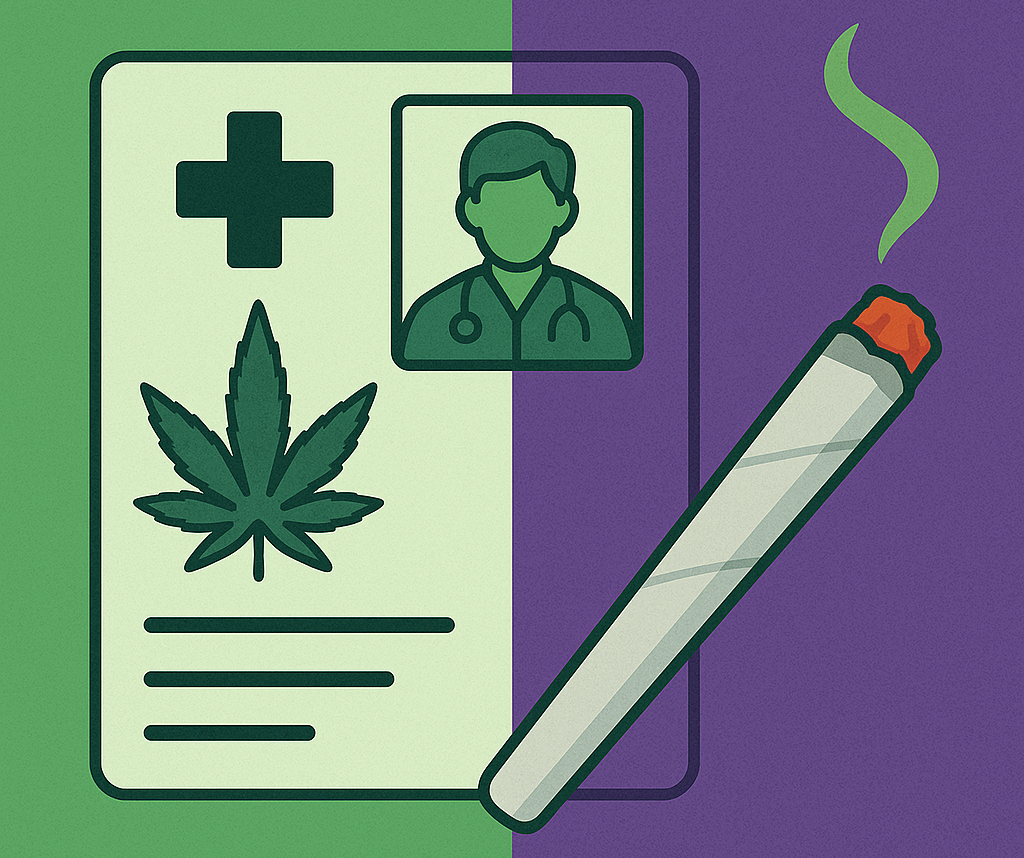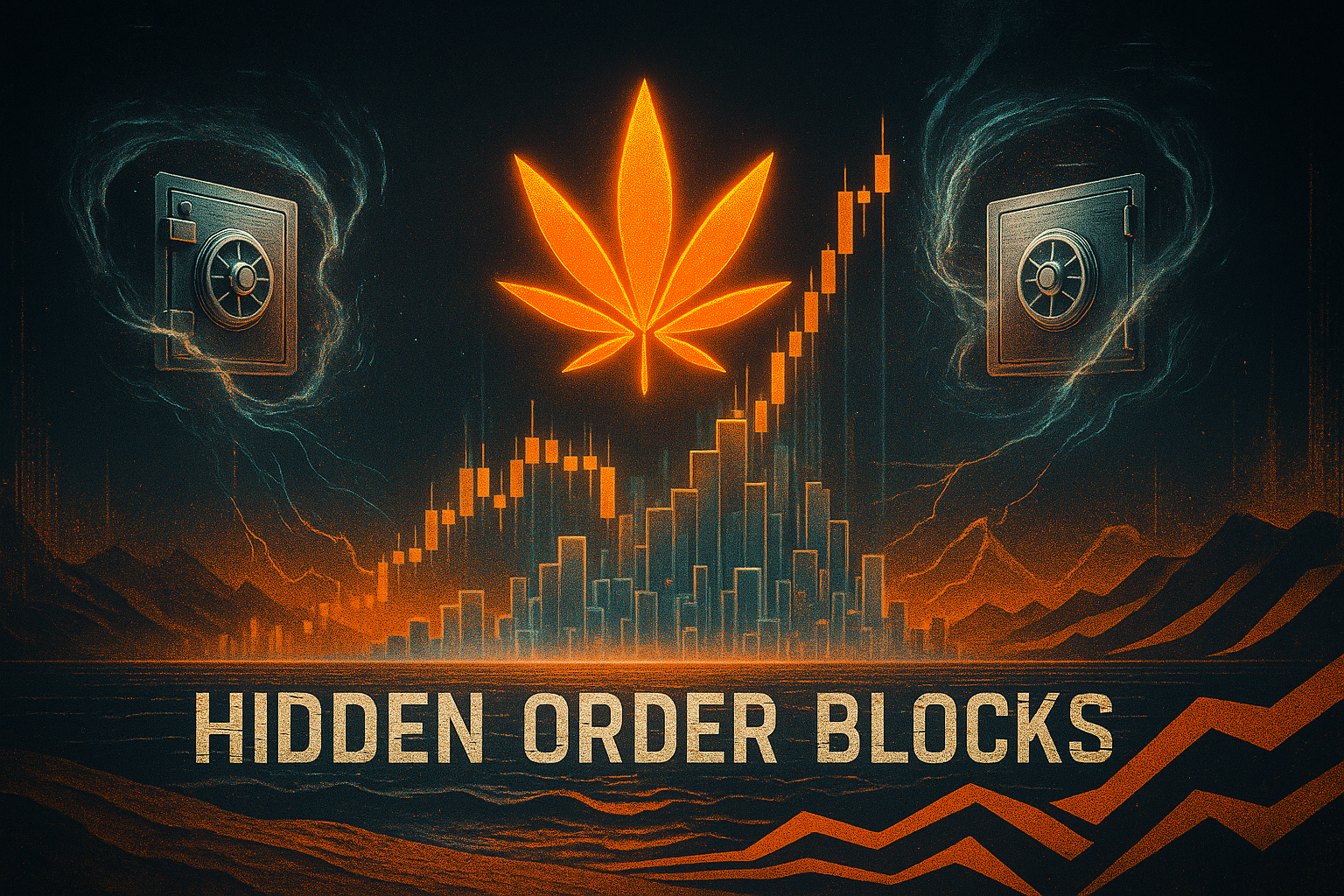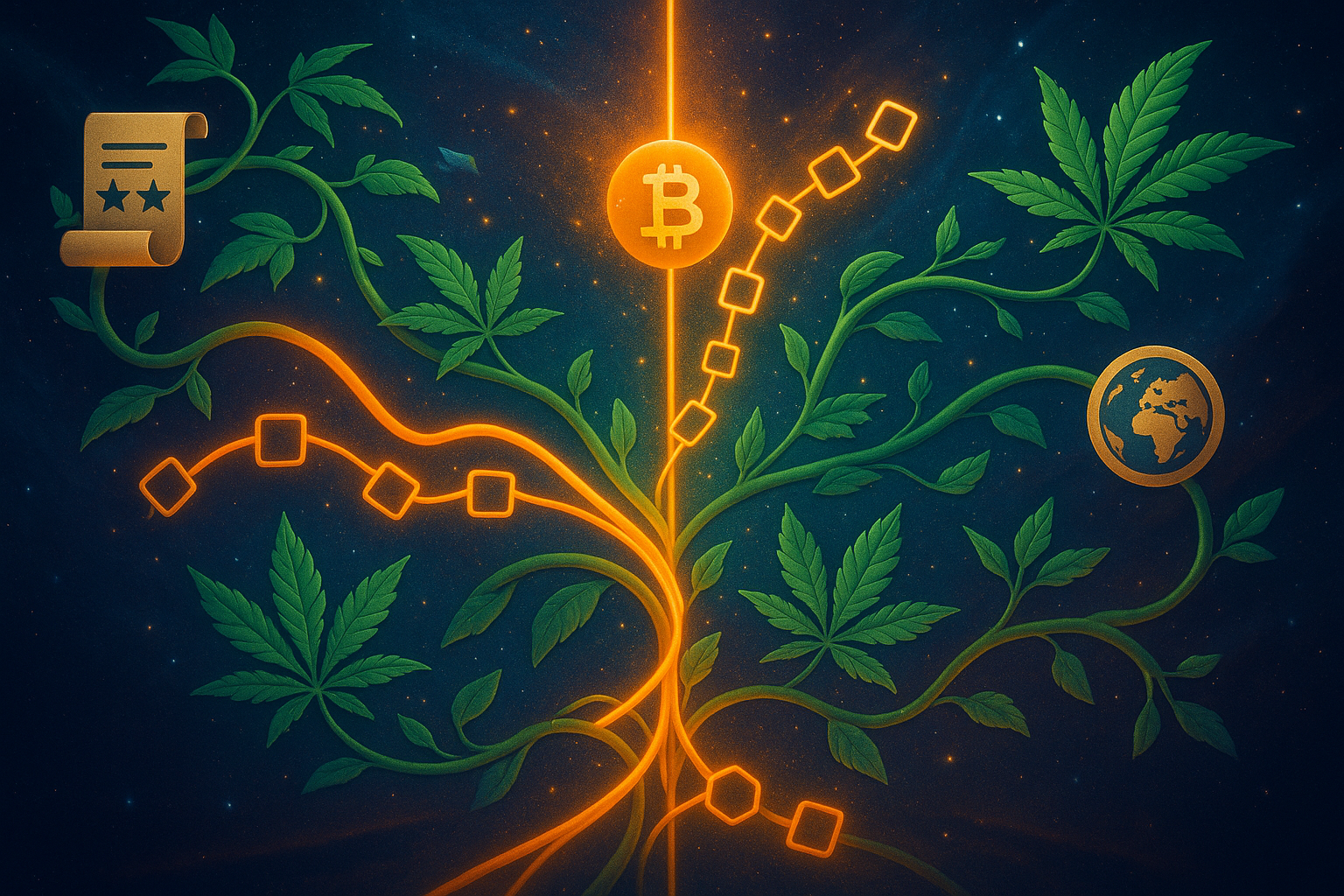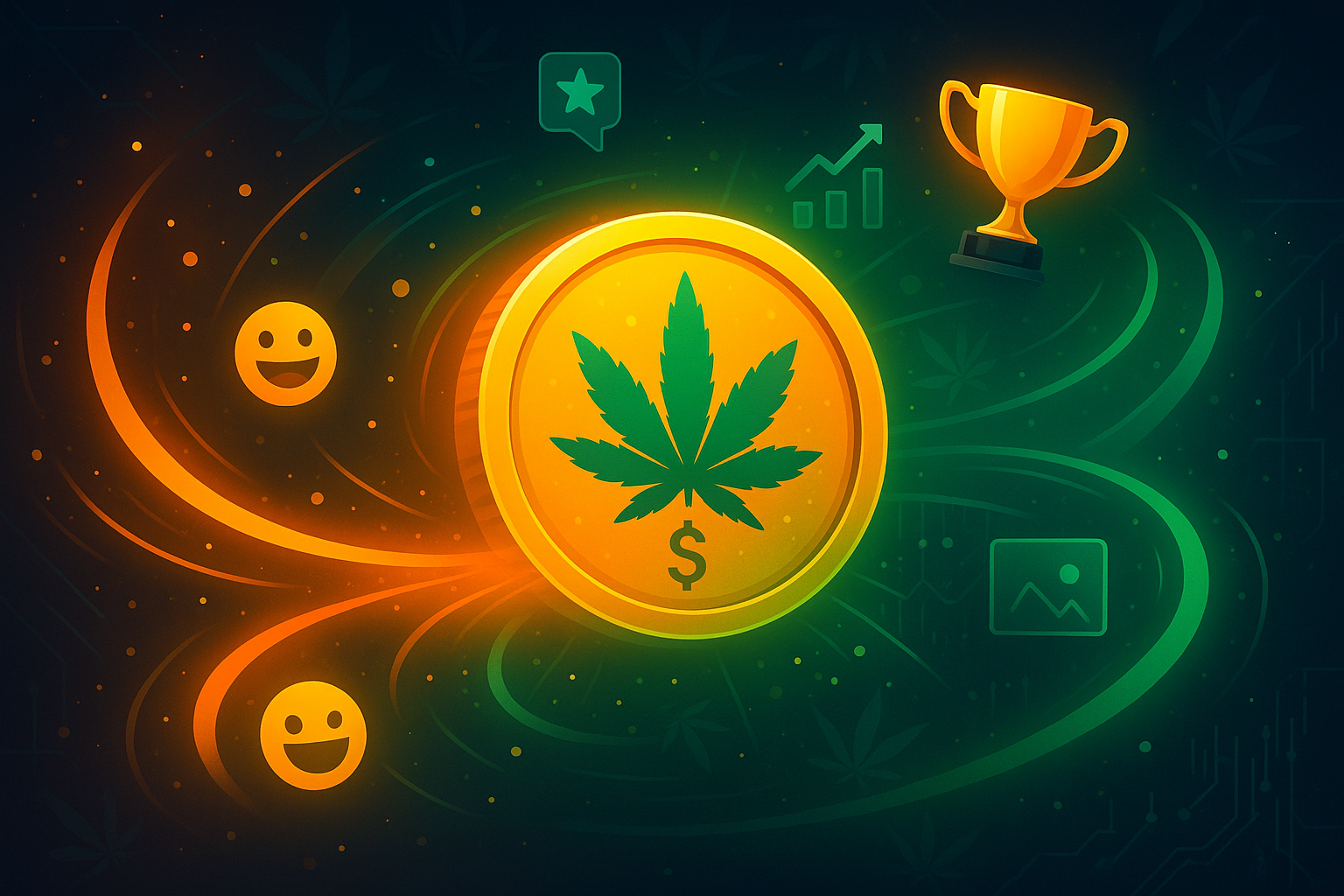Medical vs. Recreational Marijuana: A Comprehensive Comparison
Understanding the Two Sides of Weed for Healing and Enjoyment

Medical marijuana and recreational marijuana both originate from the cannabis plant, but their intended uses and applications diverge significantly. Medical weed is prescribed by a healthcare provider to treat specific health conditions, such as chronic pain, epilepsy, nausea, anxiety, or PTSD. The focus is on therapeutic outcomes, often using strains with tailored cannabinoid profiles—like high-CBD strains for non-psychoactive relief or balanced THC-CBD strains for pain management. Recreational marijuana, on the other hand, is used for enjoyment, relaxation, or social experiences, typically emphasizing THC-heavy strains that produce a euphoric “high,” as noted by the Mayo Clinic. While medical users prioritize symptom relief, recreational users seek the psychoactive effects for leisure.
The regulatory framework for medical and recreational marijuana reflects their different purposes. Medical weed requires a doctor’s recommendation or prescription, and in many regions, patients must obtain a medical marijuana card to purchase from licensed dispensaries. For example, in 38 U.S. states and Canada, medical patients must register with a state or national program, ensuring oversight by healthcare professionals. Recreational marijuana, legalized in 24 U.S. states and Canada for adults over 21, doesn’t require a prescription but is subject to age restrictions and purchase limits (e.g., 1 ounce per transaction in many states). Medical users often benefit from tax exemptions, higher potency limits, and access to specialized products, such as CBD oils for epilepsy, which may not be available recreationally (DISA).
The cannabinoid profiles and strain choices also differ between medical and recreational marijuana. Medical users might opt for a strain like Charlotte’s Web, which is high in CBD and low in THC, to manage seizures without psychoactive effects, as recommended by Harvard Health. Recreational users, however, might choose a strain like Blue Dream, known for its balanced high and uplifting effects, ideal for social settings or creative pursuits. Terpenes—the aromatic compounds in cannabis—also play a role: medical users may seek strains with linalool (calming, for anxiety) or myrcene (sedating, for pain), while recreational users might prefer limonene (uplifting, for mood enhancement). This customization allows medical marijuana to target specific symptoms more effectively.
Consumption methods and user experiences further highlight the divide. Medical marijuana users often prioritize precise dosing and non-psychoactive options, choosing methods like tinctures (e.g., 10 mg CBD for anxiety) or edibles (e.g., 5 mg THC for chronic pain) for controlled, long-lasting effects. Recreational users may prefer smoking or vaping for immediate effects, enjoying the social ritual of passing a joint or the quick onset of a vape pen. Medical users are more likely to monitor their intake closely, working with a doctor to adjust dosage based on symptom relief, while recreational users might experiment more freely, focusing on the sensory experience of cannabis, such as its taste or euphoric effects (Lyphe Clinic).
Access and cultural perceptions also differ between the two. Medical marijuana is often viewed as a legitimate treatment, supported by growing research and policy changes, such as the FDA’s approval of Epidiolex for epilepsy. Patients using medical weed may feel more empowered to discuss their treatment openly with healthcare providers, especially in regions with established programs. Recreational marijuana, while increasingly accepted, still carries a social stigma in some areas, often associated with leisure rather than necessity. However, both medical and recreational users contribute to the broader cannabis culture, advocating for legalization and destigmatization through shared experiences and community engagement. At Weedcoin, we see both sides as part of a vibrant cannabis movement, uniting Weedcoiners in celebration of weed’s diverse roles.
The legal and economic implications of medical versus recreational marijuana also shape their use. Medical marijuana programs often prioritize patient access, allowing for home cultivation in some regions (e.g., up to 6 plants in certain U.S. states) and providing insurance coverage for cannabis-based medications in countries like Germany. Recreational markets, while more accessible to the general public, face higher taxes and stricter advertising regulations to prevent overuse, especially among youth. These differences influence how users interact with cannabis—medical patients may feel more supported by healthcare systems, while recreational users navigate a more commercialized landscape, often relying on dispensary staff for guidance rather than medical professionals.
Ultimately, the choice between medical and recreational marijuana depends on individual needs and goals. Medical users benefit from a structured, health-focused approach, with access to products designed for specific conditions and professional oversight to ensure safety. Recreational users enjoy the freedom to explore cannabis for pleasure, creativity, or social bonding, often experimenting with strains and methods to enhance their experience. Both paths highlight the versatility of weed, and understanding their differences empowers users to make informed decisions—whether for healing, enjoyment, or a bit of both.
Practical Tips
- Identify Your Purpose: Determine if you need medical marijuana for a health condition (e.g., chronic pain) or want recreational weed for relaxation—your goal guides your choice.
- Check Legal Requirements: If seeking medical weed, consult a doctor and apply for a medical card; for recreational use, ensure you’re in a legal region and over 21.
- Select Appropriate Strains: Choose high-CBD strains like Charlotte’s Web for medical needs, or THC-heavy strains like Blue Dream for recreational enjoyment.
- Tailor Your Method: Use tinctures or edibles for medical precision; opt for smoking or vaping for recreational immediacy and social fun.
- Understand Benefits: Medical users can leverage tax exemptions and specialized products; recreational users can explore a wider variety of strains for leisure.
Key Takeaways
- Medical marijuana is prescribed for health conditions, focusing on symptom relief, while recreational weed is for enjoyment and relaxation.
- Medical use requires a prescription and often a medical card, with stricter regulations than recreational use, which is age-restricted (21+).
- Medical strains prioritize therapeutic effects (e.g., high-CBD), while recreational strains emphasize euphoria (e.g., high-THC).
- Consumption methods vary—medical users prefer precise dosing (tinctures, edibles), while recreational users often smoke or vape for quick effects.
- Medical marijuana is viewed as a treatment with professional oversight, while recreational use is more socially driven, though both contribute to cannabis culture.













